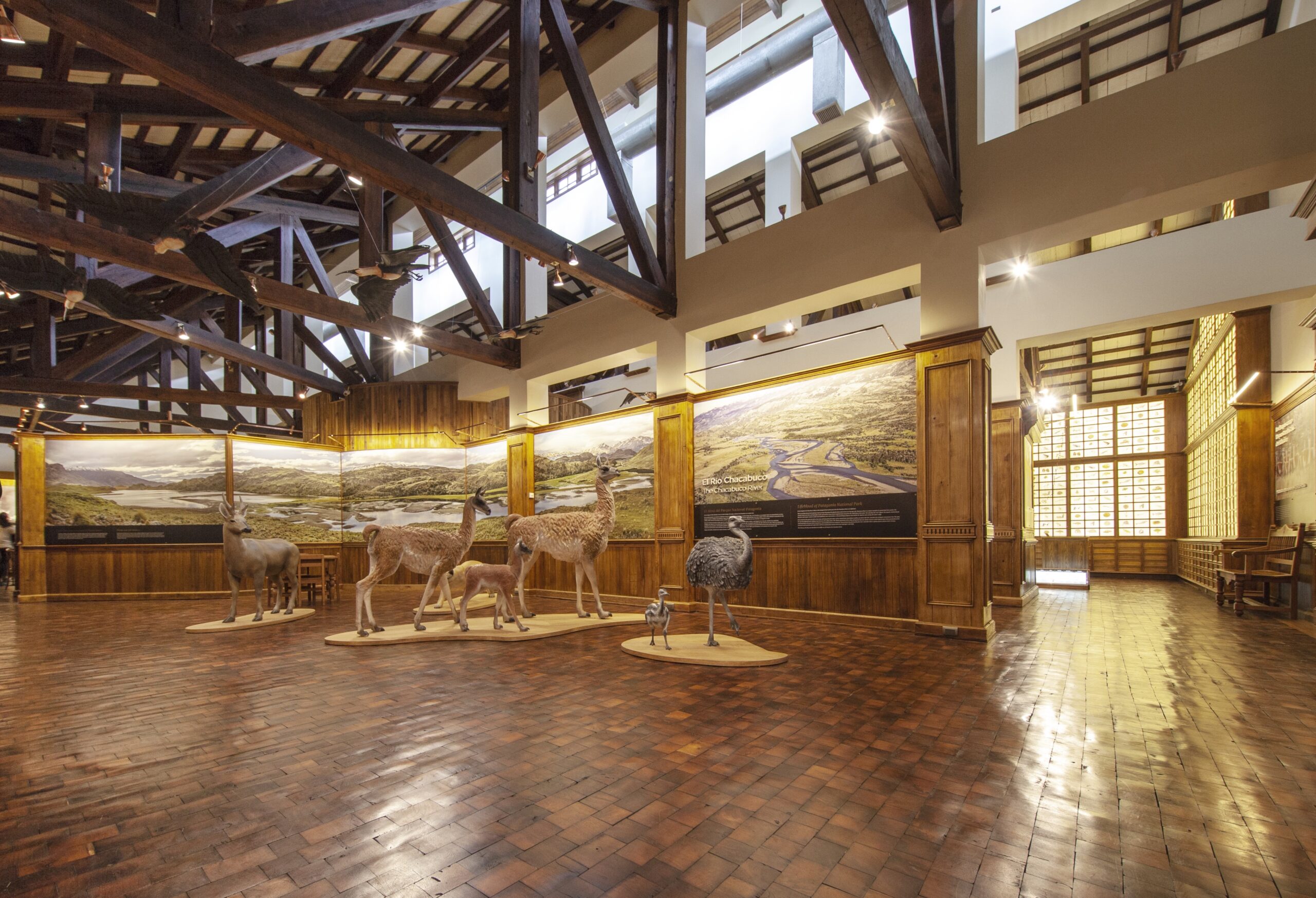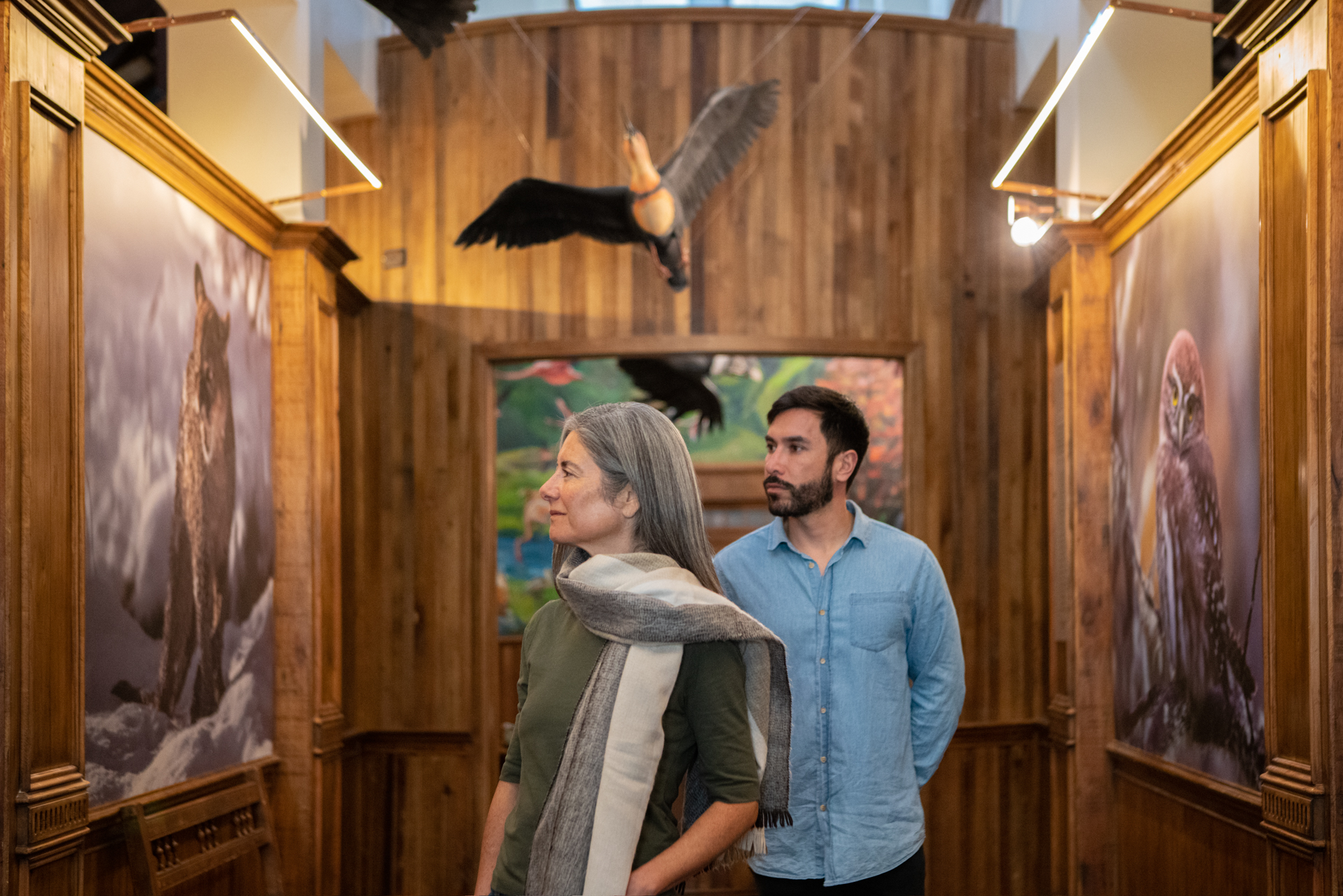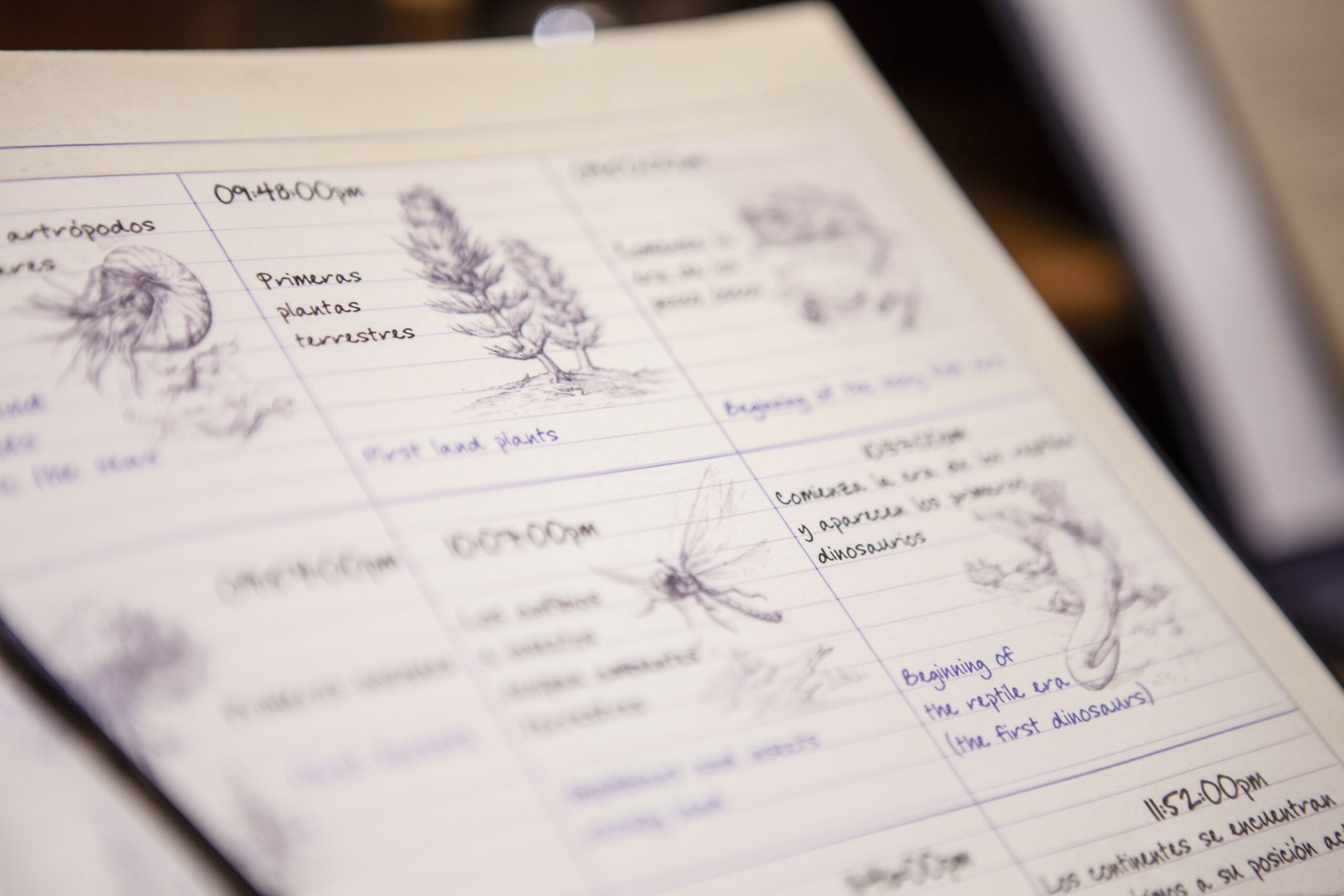Why Do We Need National Parks?
Find Answers in The Patagonia National Park Museum
Why do we protect the best of our natural heritage? Lands brimming with natural beauty, abundant plants, and rare wildlife? These and other questions are explored by the Patagonia National Park Museum, located in the heart of Patagonia National Park in Chile’s Aysén Region. The Museum invites guests to delve deeply into the landscape and cultural history of the region. It incorporates moving and inspiring stories about the importance of National Parks, ecological loss and recovery in the region. Designed by Francisco Morandé Ruiz-Tagle and the late Douglas Tompkins, the Museum is steps away from Explora’s Patagonia National Park Lodge, a base for exploring and conserving the remote 300,000-hectare reserve. Patagonia National Park is considered to be one of Chile’s most significant eco-restoration and rewilding projects.

A previously severely overfarmed region is now an outdoor enthusiast’s dream set amid the meadows of the Chacabuco Valley. The Patagonia National Park Museum combines the aesthetics of a nineteenth-century natural history museum with modern technology and interactive elements. It’s composed of a central room subdivided into four areas that cover the eco-social crisis, nature, culture, and activism, as well as an experiential space with an audiovisual presentation. The Museum manifests a vision of the late Douglas Tompkins and his urgent response to global biodiversity loss and the climate crisis. Its mission is to educate the public on the importance of National Parks, the conservation of ecosystems, and the history of local flora and fauna.

The Patagonia National Park Museum is managed by the National Forestry Corporation (CONAF) and open to the public with a limited capacity between September and April. Presentations are available in English and Spanish. Admission is free for travelers staying at Explora Patagonia National Park.
